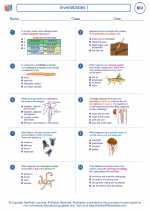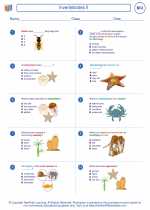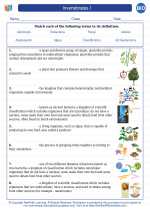Plains in Biology
Plains are large, flat areas of land that are characterized by low relief and minimal variation in elevation. They are a common feature of terrestrial ecosystems and are found on every continent.
Formation of Plains
Plains can be formed through a variety of geological processes, including the deposition of sediment by rivers, erosion by glaciers, and the accumulation of wind-blown sediment. Over time, these processes can create vast expanses of flat land.
Types of Plains
There are several different types of plains, including coastal plains, alluvial plains, and interior plains. Coastal plains are formed by the deposition of sediment along coastlines, while alluvial plains are created by the accumulation of sediment from rivers and streams. Interior plains, on the other hand, are large, flat areas of land that are located far from the coastline.
Ecological Importance
Plains play a crucial role in terrestrial ecosystems. They provide habitat for a wide variety of plant and animal species, and they are also important for agriculture and human settlement. In addition, plains can act as important carbon sinks, helping to mitigate the effects of climate change.
Study Guide
- Describe the formation of plains and the geological processes involved.
- Identify and compare the different types of plains, including coastal plains, alluvial plains, and interior plains.
- Explain the ecological importance of plains and their role in terrestrial ecosystems.
- Discuss the impact of human activities on plains, including agriculture and urban development.
Understanding the formation and ecological significance of plains is important for understanding the Earth's terrestrial ecosystems and the impact of human activities on the environment.
.◂Biology Worksheets and Study Guides High School. Invertebrates

 Worksheet/Answer key
Worksheet/Answer key
 Worksheet/Answer key
Worksheet/Answer key
 Worksheet/Answer key
Worksheet/Answer key
 Worksheet/Answer key
Worksheet/Answer key
 Worksheet/Answer key
Worksheet/Answer key
 Vocabulary/Answer key
Vocabulary/Answer key
 Vocabulary/Answer key
Vocabulary/Answer key
 Vocabulary/Answer key
Vocabulary/Answer key
